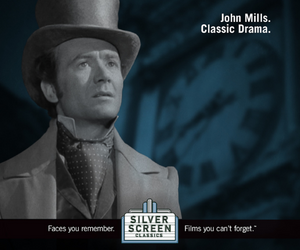THE MARKET success of each new innovation continues to be dependent on attracting early adopters of technology. Yet, many of the characteristics that defined early technology adopters in a pre-Internet world no longer apply, according to a new study by In-Stat.
The report So That’s What An Early Adopter Looks Like! has determined that early technology adoption is no longer constrained by income, education, ethnicity, or social status. As a result, a larger percentage of young adults than in the past consider themselves to be early adopters, and by 2013, nearly half of total U.S. households will have an adult that considers themselves to be a leading-edge or early adopter of technology.
The market research firm also found that early adopters are much more likely to subscribe to premium pay-TV channels, with two-thirds receiving at least one premium channel, and over 50% receiving HBO; subscribe to a DVR service; spend more than 5 hours per day viewing video content; view fee-based on-demand movies and VoD content; purchase pay-per-view content and subscribe to fee-based sports content.
In-Stat also recently developed new end-user segmentation that identifies ‘power’, ‘social’, and ‘passive’ Internet users, based on various Internet activities and the frequency that they are performed. Over the next five years, it predicts that Internet power-user households will double in number, and that nearly two-thirds of U.S. broadband households will be power or social users.


